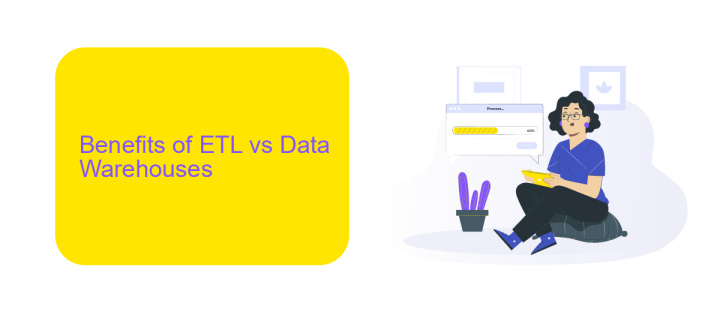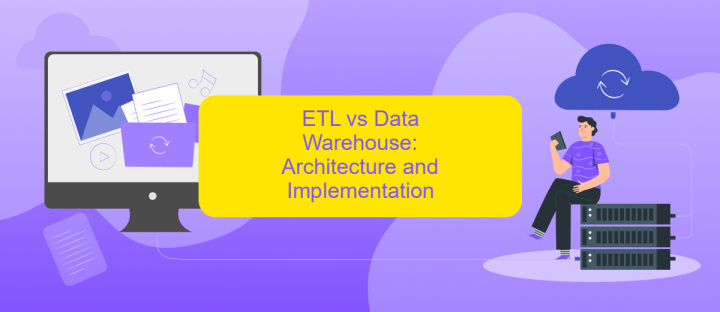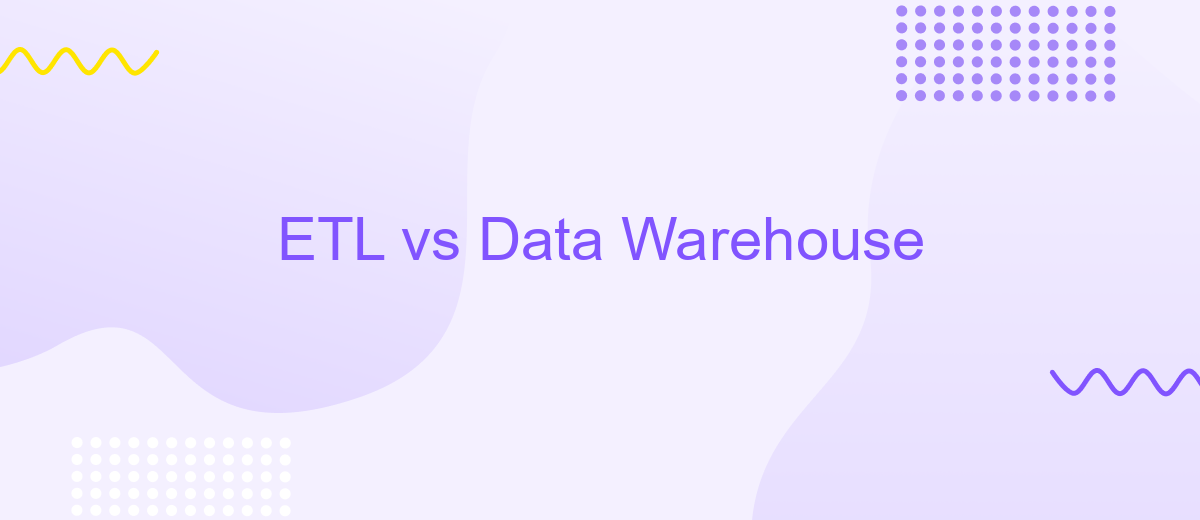ETL vs Data Warehouse
In the realm of data management, understanding the distinctions between ETL (Extract, Transform, Load) processes and Data Warehouses is crucial. While both play integral roles in handling and analyzing large datasets, they serve different purposes and functions. This article delves into the key differences, benefits, and use cases of ETL and Data Warehouses to help you make informed decisions for your data strategy.
Data Integration vs Data Management
Data Integration and Data Management are two critical components in the data ecosystem, each serving distinct purposes. Data Integration focuses on combining data from different sources, ensuring it is accessible and useful for analysis. This process often involves data extraction, transformation, and loading (ETL) to create a unified view. Data Management, on the other hand, involves the governance, quality, and security of data throughout its lifecycle, ensuring it meets organizational standards and compliance requirements.
- Data Integration: Combining data from multiple sources.
- Data Management: Ensuring data quality, security, and compliance.
- ETL: Key process in Data Integration.
- Governance: Essential for effective Data Management.
Services like ApiX-Drive simplify Data Integration by automating the connection between various applications and data sources, reducing the manual effort required. Such tools are invaluable for organizations looking to streamline their data workflows and maintain high data quality standards. Ultimately, while Data Integration and Data Management serve different roles, they are both essential for leveraging data as a strategic asset.
Benefits of ETL vs Data Warehouses

ETL (Extract, Transform, Load) processes offer significant benefits in the realm of data management. They enable organizations to extract data from various sources, transform it into a suitable format, and load it into a target system. This ensures that data is clean, consistent, and ready for analysis. ETL tools like ApiX-Drive simplify the integration process by automating data workflows and providing a user-friendly interface for setting up integrations, saving time and reducing errors. This leads to more efficient data processing and enhanced decision-making capabilities.
On the other hand, Data Warehouses provide a centralized repository for storing large volumes of data from multiple sources. They are designed to support complex queries and data analysis, offering high performance and scalability. By consolidating data into a single location, Data Warehouses facilitate better data governance and security. This centralized approach also makes it easier to generate comprehensive reports and gain insights across the entire organization. Together, ETL processes and Data Warehouses create a robust data infrastructure that supports advanced analytics and business intelligence initiatives.
ETL vs Data Warehouse: Architecture and Implementation

ETL (Extract, Transform, Load) and Data Warehouse are two critical components in the data management ecosystem, each playing distinct roles in data processing and storage. ETL processes involve extracting data from various sources, transforming it into a suitable format, and loading it into a target system, often a data warehouse.
- Architecture: ETL systems are designed to handle data extraction from multiple sources, transformation to ensure data quality, and loading into storage systems. Data Warehouses, on the other hand, are structured to store large volumes of data, optimized for query performance and reporting.
- Implementation: Implementing ETL involves setting up data pipelines and workflows, which can be facilitated by tools like ApiX-Drive that streamline integrations between various data sources and target systems. Data Warehouse implementation focuses on designing schema, indexing strategies, and optimizing storage for efficient data retrieval.
While ETL processes prepare and move data, Data Warehouses serve as the centralized repository for this data, enabling advanced analytics and business intelligence. Together, they form a robust data management solution, ensuring data is clean, consistent, and readily available for decision-making.
Choosing the Right Solution for Your Business

Choosing the right solution between ETL (Extract, Transform, Load) and a Data Warehouse depends on your business needs and data strategy. ETL processes are essential for businesses that require data integration from multiple sources, ensuring that the data is clean, transformed, and loaded into a target system for analysis. On the other hand, a Data Warehouse is a centralized repository that supports complex queries and reporting, offering a comprehensive view of your business data.
When deciding which solution to implement, consider the following factors:
- Volume and Variety of Data: ETL is ideal for handling diverse data sources, while a Data Warehouse is better suited for large volumes of historical data.
- Data Integration Needs: If your business relies on real-time data integration, an ETL tool like ApiX-Drive can automate and streamline this process efficiently.
- Analytical Requirements: For advanced analytics and business intelligence, a Data Warehouse provides the necessary infrastructure to support complex data queries.
- Scalability: Both solutions should be scalable, but your choice depends on whether you need to scale data integration processes or storage and analysis capabilities.
Ultimately, the choice between ETL and a Data Warehouse should align with your business objectives and data management strategy. In many cases, a combination of both may offer the most robust solution, leveraging ETL for data integration and a Data Warehouse for comprehensive data analysis and reporting.


The Future of ETL and Data Warehousing
The future of ETL (Extract, Transform, Load) and data warehousing is poised for significant evolution, driven by advancements in technology and the increasing need for real-time data processing. Traditional ETL processes are being supplemented or replaced by more agile, cloud-based solutions that offer scalability and flexibility. As organizations move towards real-time analytics, the demand for faster, more efficient data integration methods is growing. Tools like Apache Kafka and cloud-native ETL services are becoming more prevalent, enabling seamless data flow and transformation.
Data warehousing is also undergoing a transformation with the advent of modern data architectures such as data lakes and lakehouses, which combine the best of data warehouses and data lakes. These architectures support a broader range of data types and more sophisticated analytics. Integration services like ApiX-Drive are making it easier for businesses to connect various data sources and automate data workflows, further streamlining the ETL process. As AI and machine learning continue to advance, we can expect even more intelligent and automated data integration and warehousing solutions in the near future.
FAQ
What is the difference between ETL and a Data Warehouse?
Why is ETL important for a Data Warehouse?
Can ETL processes be automated?
What are the benefits of using a Data Warehouse?
How do ETL tools integrate with Data Warehouses?
Time is the most valuable resource in today's business realities. By eliminating the routine from work processes, you will get more opportunities to implement the most daring plans and ideas. Choose – you can continue to waste time, money and nerves on inefficient solutions, or you can use ApiX-Drive, automating work processes and achieving results with minimal investment of money, effort and human resources.

